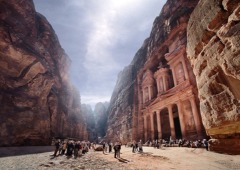 1. Petra, Jordan
1. Petra, Jordan
Country: Jordan Civilization: the Nabataeans
Inhabited: sixth century B.C.
This rose-colored city carved from cliffs garnered fame in the West thanks to the 1980s blockbuster Indiana Jones and the Last Crusade.
 2. Chichen Itza, Mexico
2. Chichen Itza, Mexico
Country: Mexico Civilization: the Mayans
Inhabited: 600 to 1000 A.D.
Site of one of Mesoamerica's largest ball courts, this royal city is located near a massive underground cenote, or sinkhole, where the bodies of human sacrifices were dropped.
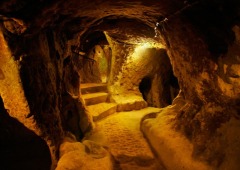 3. Derinkuyu Underground City, Turkey
3. Derinkuyu Underground City, Turkey
Country: TurkeyCivilization: possibly the Phrygians
Inhabited: App. eighth century B.C.to 10th century A.D.
This underground network has more than 10 floors and room for up to 50,000 people, plus livestock. It is rumored to have been a hideout for early Christians escaping Roman persecution.
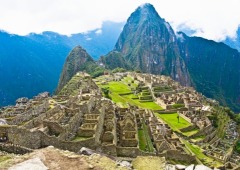 4. Machu Picchu, Peru
4. Machu Picchu, Peru
Country: Peru
Civilization: the Incas
Inhabited: 15th and 16th centuries A.D.
Conquistadors carrying small pox wiped out the inhabitants of this royal mountaintop fortress, but the Lost City of the Incas was never actually discovered by the Spanish--in fact, it wasn't discovered until 1911.
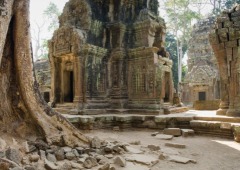 5. Angkor, Cambodia
5. Angkor, Cambodia
Country: Cambodia Civilization: the Khmer Empire
Inhabited: ninth century to 15th century A.D.
More than a thousand temples, including Angkor Wat, populate this long-time Khmer capital. It declined after a successful attack by invaders from what is now Thailand.
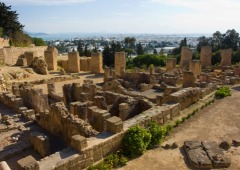 6. Pre-Roman Carthage, Tunisia
6. Pre-Roman Carthage, Tunisia
Country: Tunisia Civilization: the Phoenicians
Inhabited: 650 to 146 B.C.
Carthage was home to the Roman Empire's arch-nemesis, Hannibal. It was burned and the earth salted during the final Punic War.
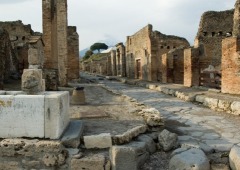 7. Pompeii, Italy
7. Pompeii, Italy
Country: Italy Civilization: the Roman Empire
Inhabited: seventh/sixth century B.C. to 79 A.D.
Pompeii was a cultural center and vacation destination for Roman high society until it was destroyed in 79 A.D. by the eruption of Mount Vesuvius. Left behind are naturally ash-encased mummies.
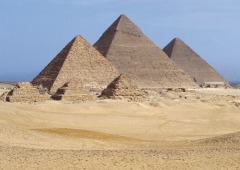 8. Memphis, Egypt
8. Memphis, Egypt
Country: Egypt Civilization: the Ancient Egyptians
Inhabited: third millennium B.C. to seventh century A.D.
Located at the mouth of the Nile delta, Memphis thrived for centures as a center of trade, commerce, religion and royalty. Foreign invasions, including one by Alexander the Great, let to its demise.
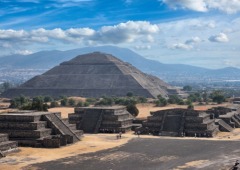 9. Teotihuacan, Mexico
9. Teotihuacan, Mexico
Country: Mexico Civilization: possibly the Totonac people
Inhabited: 100 B.C. to 250 A.D.
This city, the founders of which remain a mystery, is home to some of the largest pyramids in pre-Columbian America. It inspired several major empires, those of the Zapotec and Mayans.
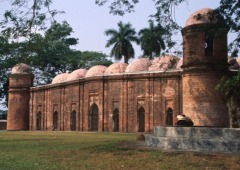 10. Mosque City of Bagerhat, Bangladesh
10. Mosque City of Bagerhat, Bangladesh
Country: Bangladesh Civilization: Khan Jahan Ali
Inhabited: 15th century A.D.
The city formerly known as Khalifatabad was founded by a
Turkish general. It boasts more than 50 Islamic monuments and the Sixty Pillar Mosque, constructed with 60 pillars and 80 domes.
http://travel.yahoo.com/p-interests-39274939




















0 comments:
Post a Comment